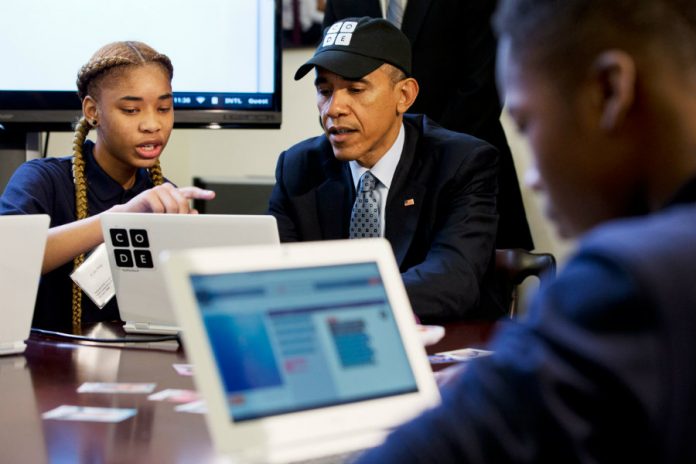
The White House urges federal agencies to develop codes that can be shared across government institutions. The new policy for the Federal Source Code demands official projects make at least 20 percent of their custom-made open source systems. Furthermore, agencies must share with one another all internally-developed codes.
The Obama Administration has been pushing for greater transparency in the State and, after months of negotiations and discussions, the Office of Management and Budget (OMB) launched the regulations as a two-year pilot program.
The OMB initially wanted all software to be open source, but instead they will verify the implications of the policy. Unforeseen consequences may arise from the code made public. Up until this point, it’s a guessing game.

Such data will be available on Code.gov, which is an upcoming repository site for Government open source.
Open source code across federal agencies
The policy will enable the reuse of code within the Government, so different agencies won’t have to start software from scratch and expend money for projects that already exist. Many institutions weighed in to support the final draft of the program, according to the OMB.
Homeland Security is worried that using 20 percent of the system again without evaluating its worth could be a waste. Rather than sharing a limited percentage of the software, it would be better to refactor the most reusable codes into shareable modules, the agency says.
Other agencies, while still supporting the project, encourage a default open-source workflow shareable through government network communities or even existing sites as GitHub.
Still, the project may grow from the 20 percent quota and reach a final step of public-domain Government software.
Not all software abide by the same rules
Overall, the policy calls for a minimum share of 20 percent of their custom code during the two-year pilot, although the OMS encourages agencies to release as much software as possible. Federal agencies will also have to determine existing federal or commercial solutions before acquiring new software of writing custom codes.
Either way, not all code can be shared. The document notes that some software is restricted by law, a restriction that also applies to software developed by government employees. Such software could jeopardize national security or private information.
Just pushed https://t.co/EP0FNE4suA live w/ @kamanda @MattBailey0 @AlvandSalehi
First Federal Source Code Policy! 💪🖥🇺🇸 #opensource #opengov
— Ross Dakin (@rossdakin) August 8, 2016
There is another exemption that allows the federal Chief Information Officers Council to restrict code because it is “national interest,” although OMB requires justification of any software excluded from the 20 percent policy.
The rules don’t apply for privately developed code, even if the Government uses it.
Source: Federal Times











